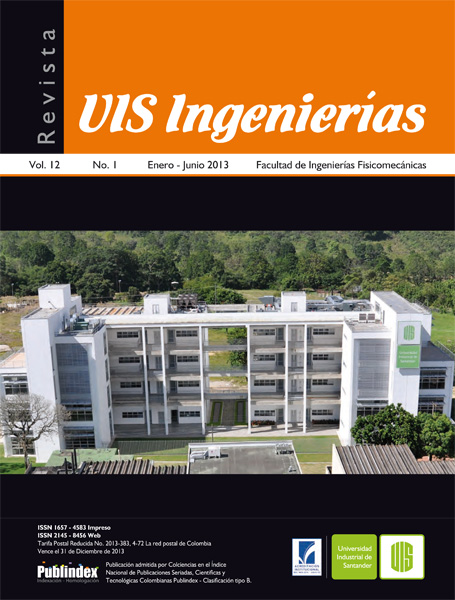Rubric or assessment matrix, planning tools and implementation of an evaluation by performance
Published 2013-06-16
Keywords
- Rubrics,
- instruments,
- assessment,
- learning outcomes,
- performance
- evidence,
- learning ...More
How to Cite
Abstract
This article focuses on one of the processes that are present in training today, evaluation by performance and specifcally the use of an instrument that has had a positive on the monitoring of learning processes: the rubrics. The evaluation through rubrics assumes that all participants in the educational process have clarity about how to evaluate, what is assessed, for what is assessed ,what is expected of the assessment thus requires the teacher
undergoes a constant refection of what who teaches, also the student is allowed to have clarity of road to go on learning, other involved in education gives them the opportunity to learning, others involved in education gives them the opportunity to learn the classroom activity and make tracing about the level of performance that students are reaching throughout the process.
Downloads
References
GIMENO, Sacristán (2011). Conversando con José Gimeno Sacristán. Entrevistas y debates. Revista 32 Uni/pluri/versidad. Vol 11. Universidad de Antioquía. Pág. 131-139
MONEREO, C. “La autenticidad de la evaluación” en CASTELLÓ M (Coord) (2009) La evaluación auténtica en enseñanza secundaria y universitaria, Barcelona, Edebé- Innova universitas.
Revisión documental: ARENAS, A. GÓMEZ K. (2010) La evaluación por desempeños. Universidad Industrial de Santander. Vicerrectoría de Investigación y extensión.
Innova Cesal fue un proyecto ALFA III liderado por la Universidad Veracruzana de México en el que participaron diferentes Universidades de Latinoamérica, el caribe y Europa y en el que participó la UIS. El proyecto buscaba desarrollar, experimentar y sistematizar estrategias para la transformación de la educación superior en América Latina.
CAPOTE, Silvia. SOSA Ángela. (2006) Evaluación: Rúbricas y listas de control.
Mertler, Craig A. (2001). Designing scoring rubrics for your classroom. Practical Assessment, Research &Evaluation, 7(25). Recuperado del sitio http://pareonline.net/getvn.asp?v=7&n=25
Vera, L. (2004, Octubre). Rúbricas y listas de cotejo. Recuperado del sitio http://ponce.inter.edu/cai/reserva/lvera/RUBRICAS.pdf
KNIEP Martin y GISELLE O (2000) Becoming a better teacher: eight innovations that work. Ed. Association for supervision and curriculum development
Cooper, T. (1999). Portfolio assessment: A guide for lecturers, teachers and course designers. Perth: Praxis Education.
Stone, M. Teaching for understanding: linking research with practice, ed. M. Stone. 1998: Jossey-bass publishers
Malpica, M. d. (1996). El Punto de vista Pedagógico. En A. Arguelles, J. Huerta, S. García, & A. Castellanos, En Desarrollo curricular por competencias profesionales integrales (págs. op. cit., pp. 123-140).
Díaz Barriga, Frida (2005). Enseñanza situada: Vínculo entre la escuela y la vida. México: McGraw Hill

